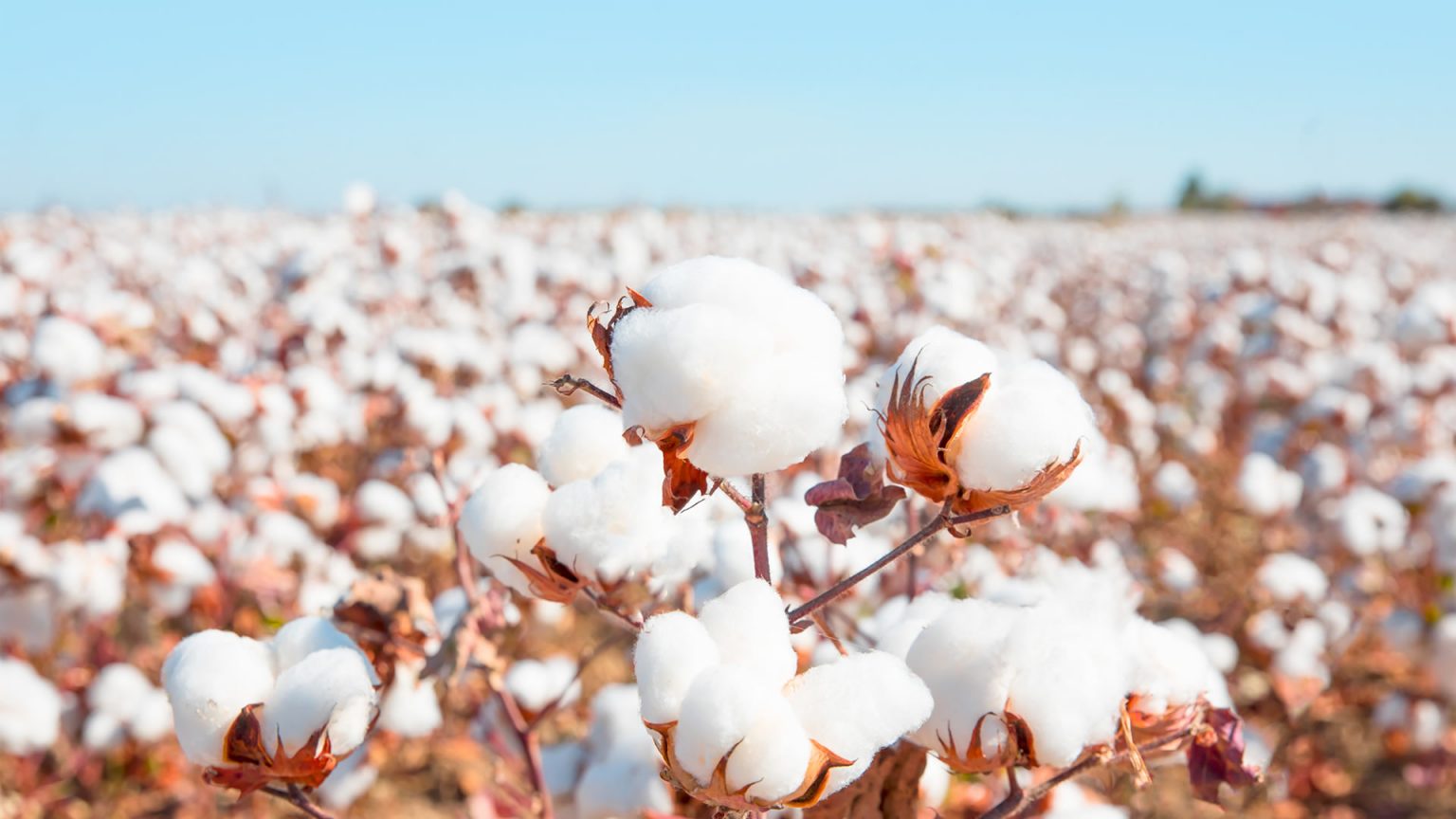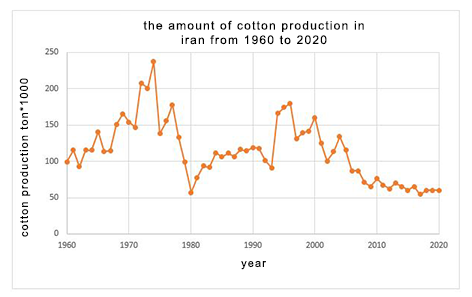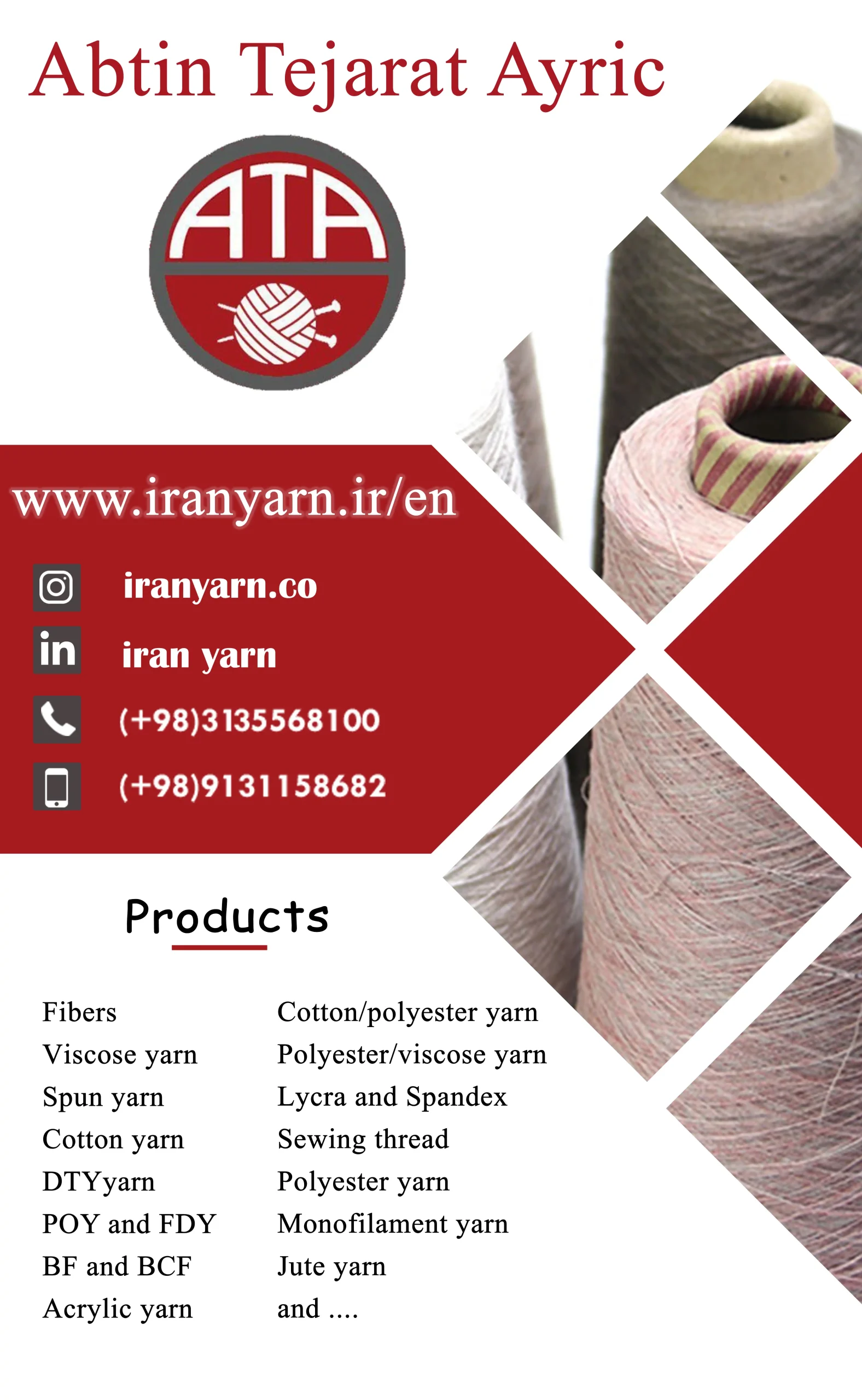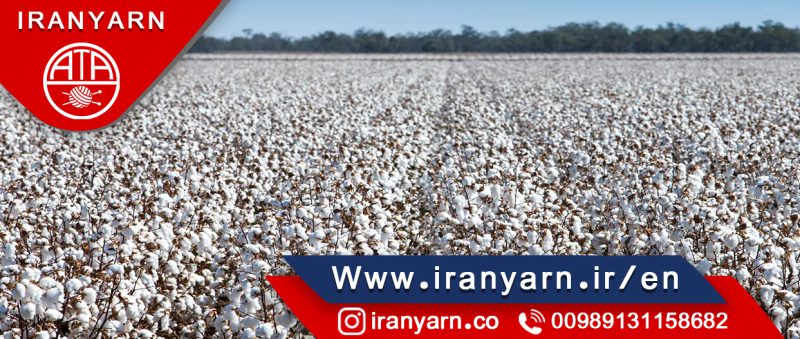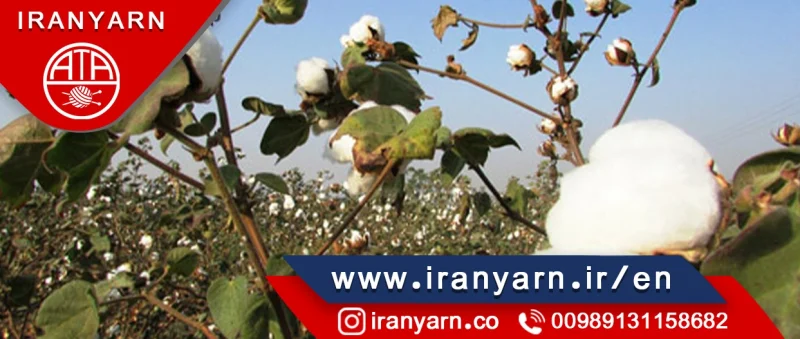In Iran’s textiles, Cotton is considered as one of the strategic products. Iran is dependent on imports to meet its domestic demand, while a large amount of cotton from Golestan province, which was known as the land of white gold, was exported until some time ago, and now Uzbekistan is one of the largest exporters to our country.
One of the reasons for the reduction of cotton production in Iran is the high cost of agricultural machinery and equipment and the low price of cotton compared to other agricultural products. Meanwhile, cotton cultivation generates two and a half times more employment than soybean cultivation, four times corn, six times wheat, and four times more employment than rapeseed production.
Currently, Fars, Golestan, Mazandaran, Khorasan and Ardabil provinces are among the most important cotton producers in Iran. Depending on the climate and weather conditions, after 35-45 days after planting, approximately 5 flowers grow in each branch. In 2019, Fars province is considered the second province in terms of cultivated area after Razavi Khorasan province with the production of 65 to 70 thousand tons of cotton.
Among the factors affecting cotton plant cultivation are heat, light, humidity, soil and seed type. The appropriate temperature for different periods of plant growth is different, but in general, due to the tropical nature of this plant, its cultivation temperature should not be less than 15 degrees Celsius. Usually, this plant can be cultivated in any soil, but sedimentary and plain soils are more suitable for this. Cotton is one of the plants with deep roots and therefore receives most of its nutritional needs from the depth of the soil. So, it is necessary for farmers to pay attention to planting a plant that consumes nutrients from the soil surface after planting cotton. Sufficient light is also one of the determining factors of cotton quality.
Due to its strength, heat resistance, good color absorption and sufficient moisture transfer, it is considered as one of the most important plants in the production of natural fibers.
The figure and table below show the amount of cotton production in Iran from 1960-2020 and the growth rate in these years.


